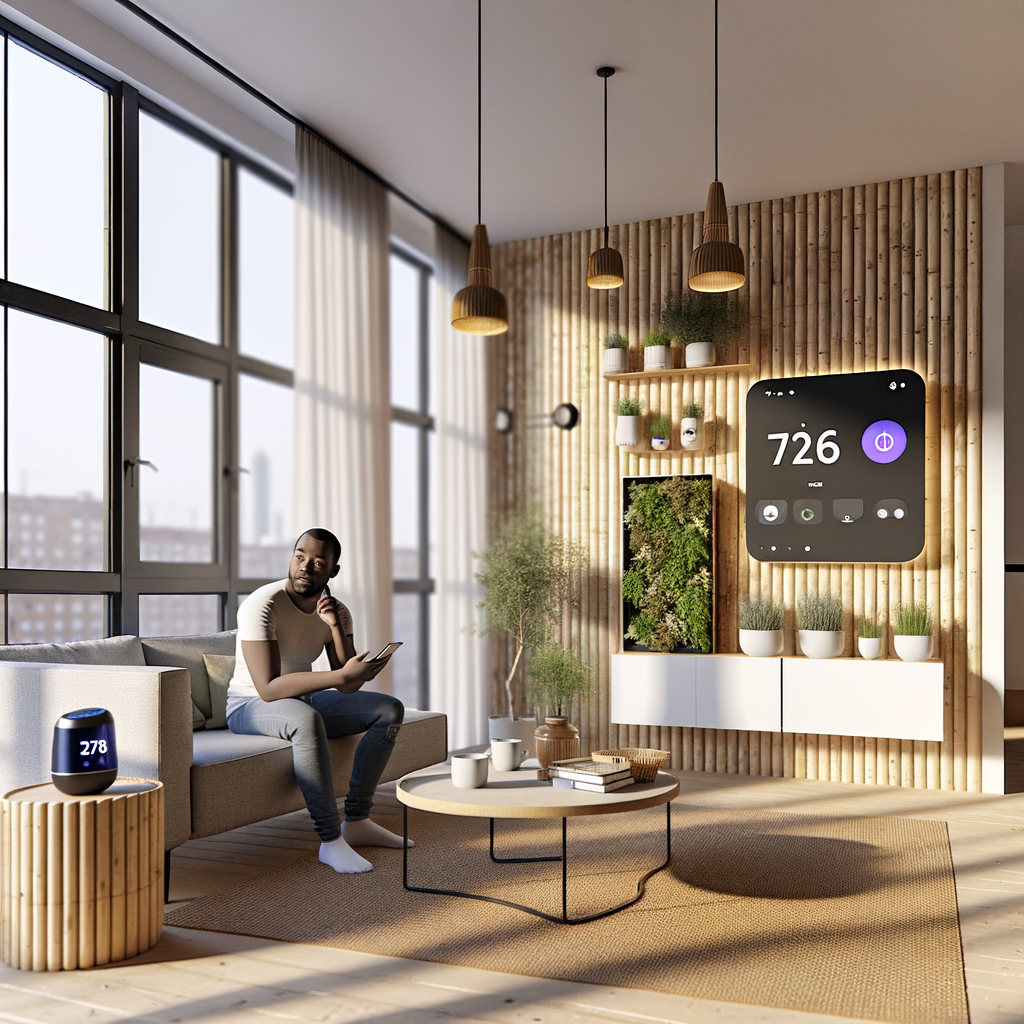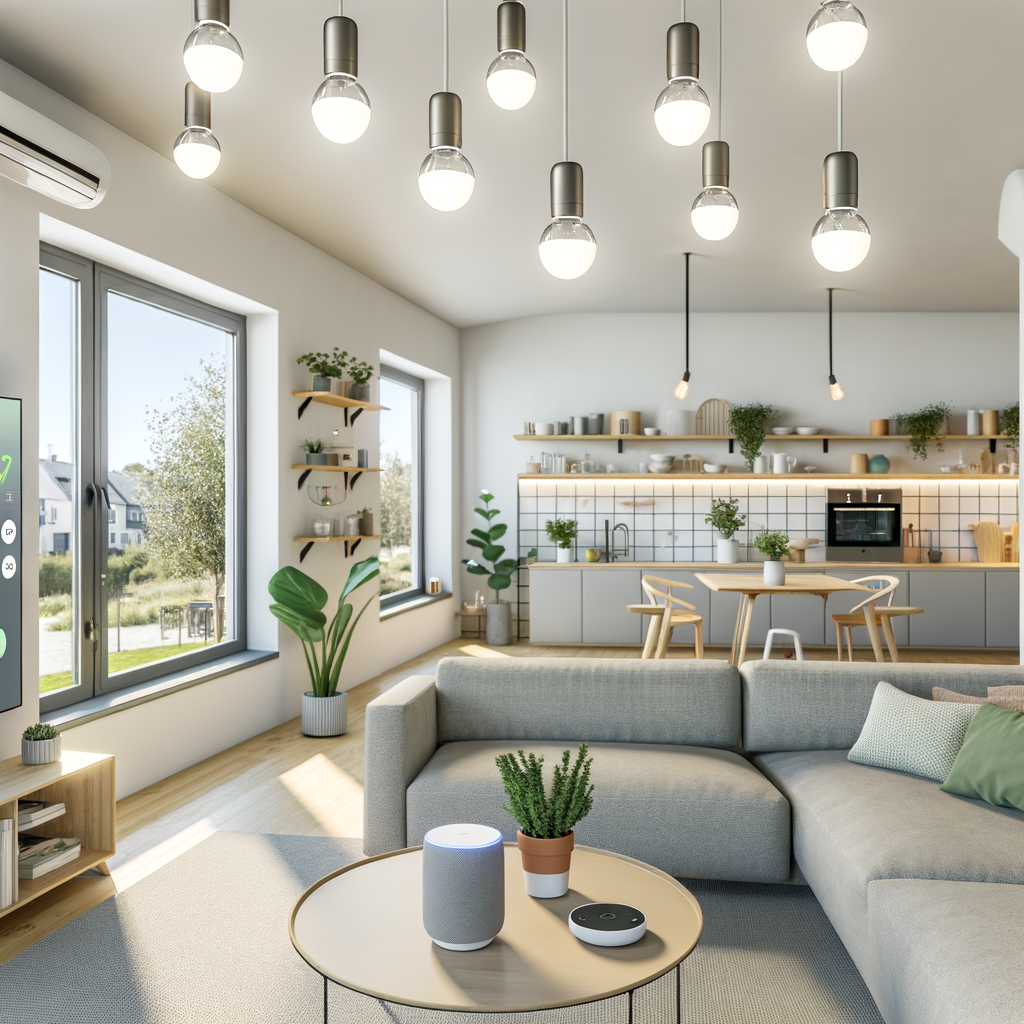Myth-Busting Smart Homes: 7 Eco Tech Misconceptions Every Renter Should Know
Smart home technology promises to make our lives easier, more connected, and – according to marketing hype – better for the planet. But if you rent your apartment or house, you might be questioning if these gadgets are really as eco-friendly as advertised, or whether it’s even worth bothering. Are smart homes truly green? Can renters actually benefit from eco tech?
Let’s separate fact from fiction. Here are seven common myths about smart home eco tech – and the practical truth every renter needs to know. With facts and actionable tips, you’ll be equipped to make your living space smarter and greener, without falling for the hype.
1. Myth: Smart Home Tech is Only for Homeowners
Many renters assume smart devices require major installations or permanent wiring, putting them out of reach for those who don’t own their home. In reality, most smart gadgets are perfectly renter-friendly.
Why This Myth Persists
- Smart thermostats and cameras often feature in ads showing full-home upgrades.
- Landlords can be strict about modifications to walls or wiring.
- There’s confusion about what counts as “permanent” installation.
The Reality for Renters
- Plug-and-play devices: Smart plugs, smart bulbs, and stand-alone air quality monitors require no wiring or drilling.
- Peel-and-stick sensors: Window/door sensors for security and energy monitoring often use removable adhesive.
- No-permission required: Most smart devices can be easily installed and removed, leaving no trace once your lease ends.
- Wireless hubs: Wi-Fi, Bluetooth, and even battery operated hubs eliminate the need for hardwiring or rewiring.
Actionable Advice:
- Always check your lease and communicate with your landlord before installing anything that attaches to walls.
- Favor devices marketed as “renter friendly,” “no tools needed,” or “peel-and-stick.”
- When moving, pack up your gadgets and reuse them in your next place.
2. Myth: Smart Devices Use More Energy Than They Save
Some claim that the constant connectivity and standby mode of smart devices actually increases your energy consumption – so they’re not really green at all.
Why This Myth Persists
- Confusion stems from “vampire loads” – the small amount of electricity many electronics draw in standby mode.
- Outdated devices did use more idle energy.
The Reality for Renters
- Modern smart devices: Energy Star-certified smart thermostats, plugs, and lighting use extremely low power in standby mode.
- Net savings: The energy and dollar savings from smart scheduling far outweigh their background consumption.
- Remote control: You can turn off devices remotely or set schedules, slashing unnecessary consumption when you’re not home.
Actionable Advice:
- Look for Energy Star certification and customer reviews for standby energy use.
- Take advantage of automation and routine features to reduce energy use when possible.
- If you’re not using a device (like a smart plug), unplug it fully to eliminate even minor standby usage.
3. Myth: Eco Smart Tech is Expensive Upfront
Sure, a smart fridge might blow your budget. But most “entry level” smart home devices are within reach for renters, especially compared to increased utility bills from inefficient living.
Why This Myth Persists
- Luxury smart appliances are heavily marketed, overshadowing affordable gadgets.
- Renters may not want to invest in something they can’t take with them.
The Reality for Renters
- Entry-level gadgets: Smart plugs, bulbs, basic sensors, and affordable thermostats can all be found under $50.
- Portability: The majority of smart eco devices are easily transported to your next home, stretching your investment further.
- Utility rebates: Some cities and utilities offer rebates or discounts on energy-saving smart thermostats and LED lighting – check your provider’s website.
Actionable Advice:
- Start small: outfit one room or invest in a single multi-purpose device first.
- Track your energy bills to see real returns within a few months.
- Search for deals and rebates in your area on utility or municipal websites.
4. Myth: Smart Thermostats Don’t Work in Apartments
If you’ve got baseboard heat, radiators, or window ACs, it’s easy to assume smart thermostats are off the table. But that’s not always true.
Why This Myth Persists
- Some older buildings have non-central HVAC systems.
- Traditional smart thermostats are designed for central systems.
The Reality for Renters
- Room-based controls: Smart radiator valves, plug-in heat controllers, and smart AC controllers work with many types of “non-central” systems.
- Window & portable AC control: Affordable plug-in smart controllers or thermostat add-ons can automate legacy AC units.
- No-wiring solutions: Many smart thermostats or AC controllers can be installed with no hardwiring or surface damage.
Actionable Advice:
- Identify your heating/cooling system type and search specifically for compatible smart controls (e.g., “smart plug radiator controller”).
- Ask management if you can swap out your thermostat – in many cases, they’ll allow it as long as you reinstall the original.
- For window/portable AC, try a smart plug or IR remote controller for on/off scheduling and temperature automation.
5. Myth: Smart Tech Weakens Privacy and Security
The idea of always-listening microphones or hackable cameras gives renters pause. Are all smart devices a security risk?
Why This Myth Persists
- High-profile hacks and breaches reported in the news.
- Confusion about who really has access to data collected by smart devices.
The Reality for Renters
- Reputable brands: Most recognized smart device makers have robust privacy and encryption policies.
- Minimal data collection: Sensors like smart plugs and bulbs generally collect minimal, local-only data.
- Control is in your hands: You manage cloud integrations and decide what gets linked or shared.
- No camera needed: Most eco-friendly smart home gadgets require neither a camera nor a microphone.
Actionable Advice:
- Read privacy policies and app permissions before buying.
- Opt for local-control or “privacy-first” devices (no cloud required).
- Changing your WiFi password and device login details regularly helps protect your network.
- Unplug or turn off voice assistants when not needed.
6. Myth: Eco Features Are Just Gimmicks
Marketing claims like “now 20% greener!” or “eco-mode” can sound hollow. But genuine energy savings come from how you use these features—not just their mere presence.
Why This Myth Persists
- Overhyped advertising.
- Confusing or hidden eco settings.
The Reality for Renters
- Usage is key: “Eco” and “away” modes only help if you’re actively using them and programming correct schedules.
- Learning features: The best smart devices gather data about your habits to make auto-adjustments for efficiency.
- Not just gadgets: Tracking water leaks, air quality, or forgotten appliances can prevent major waste




